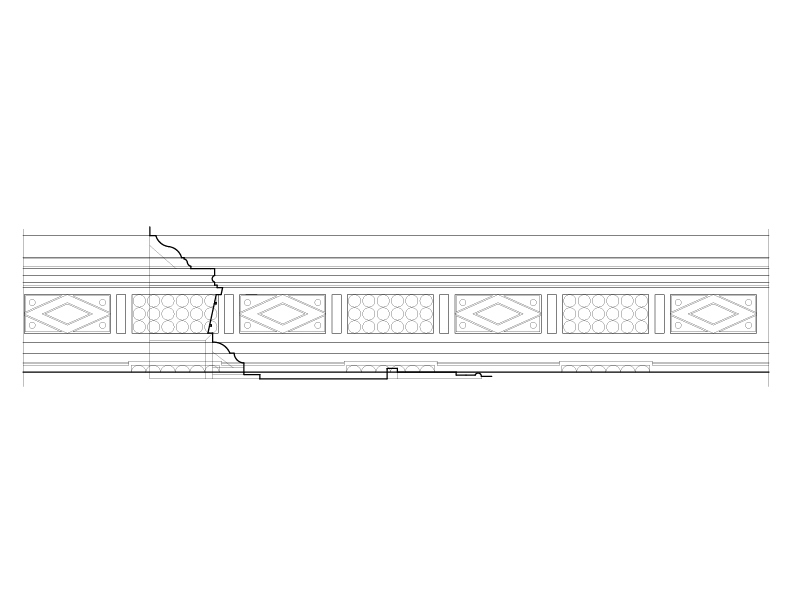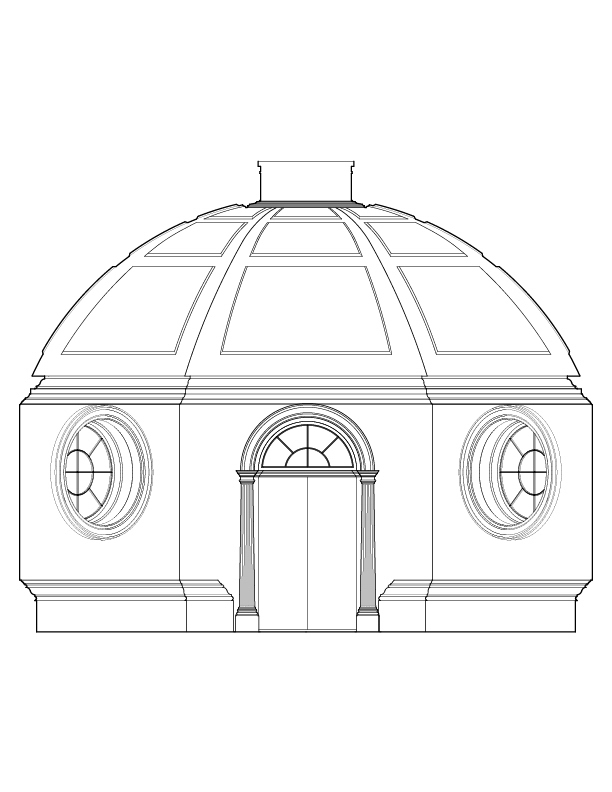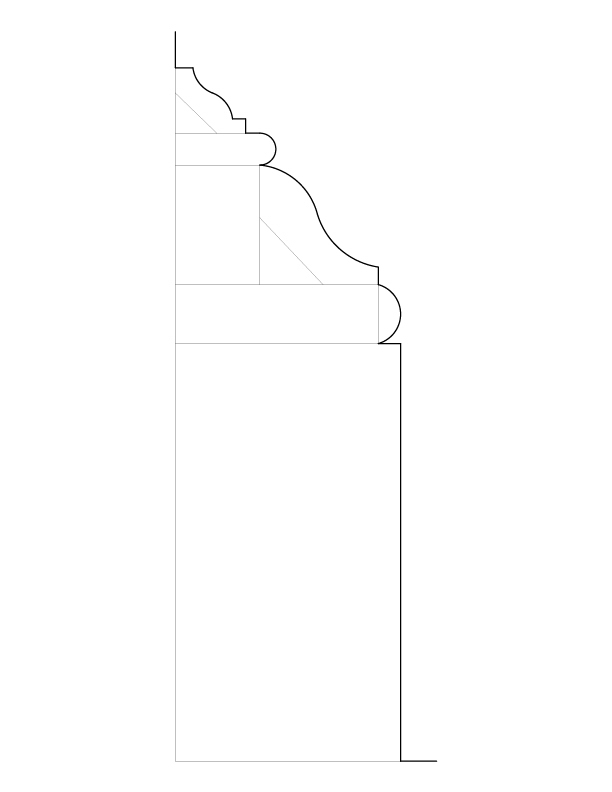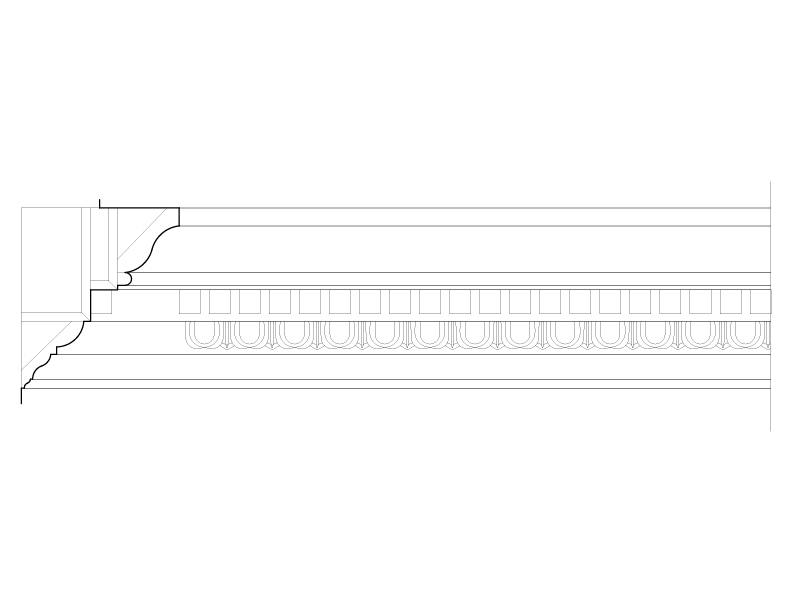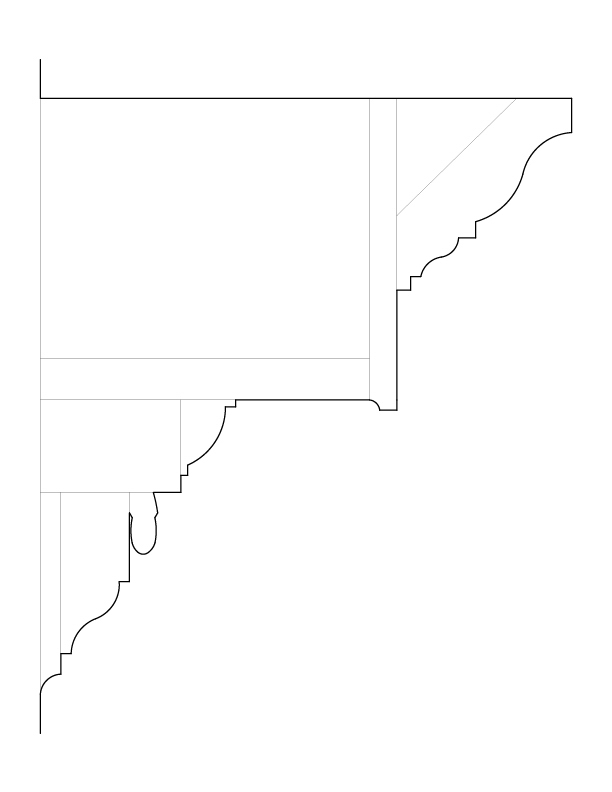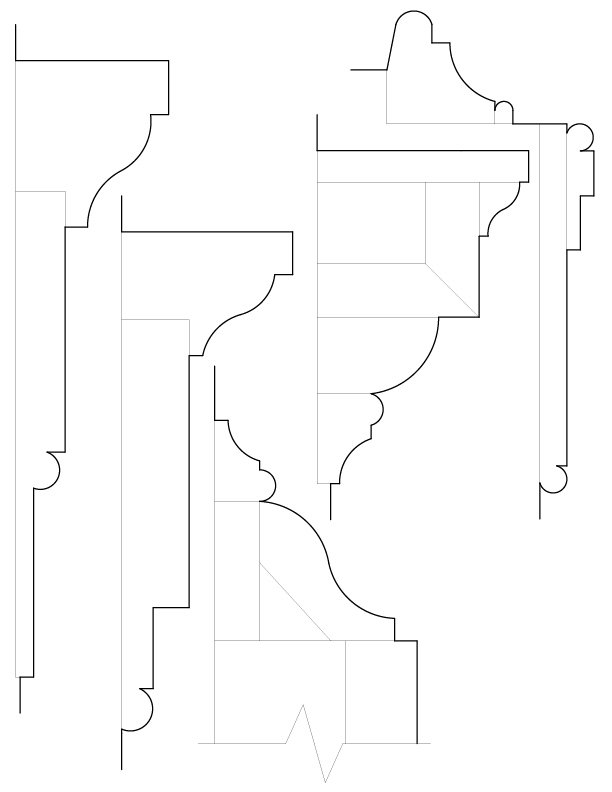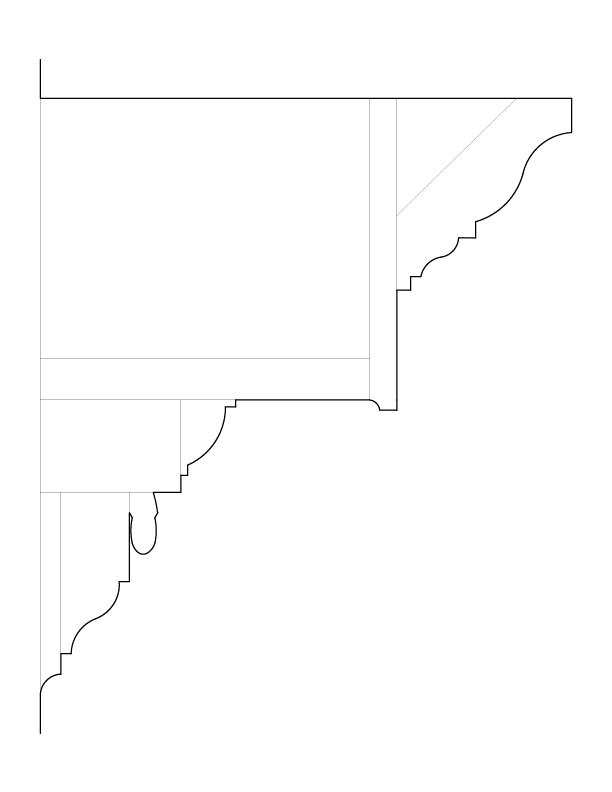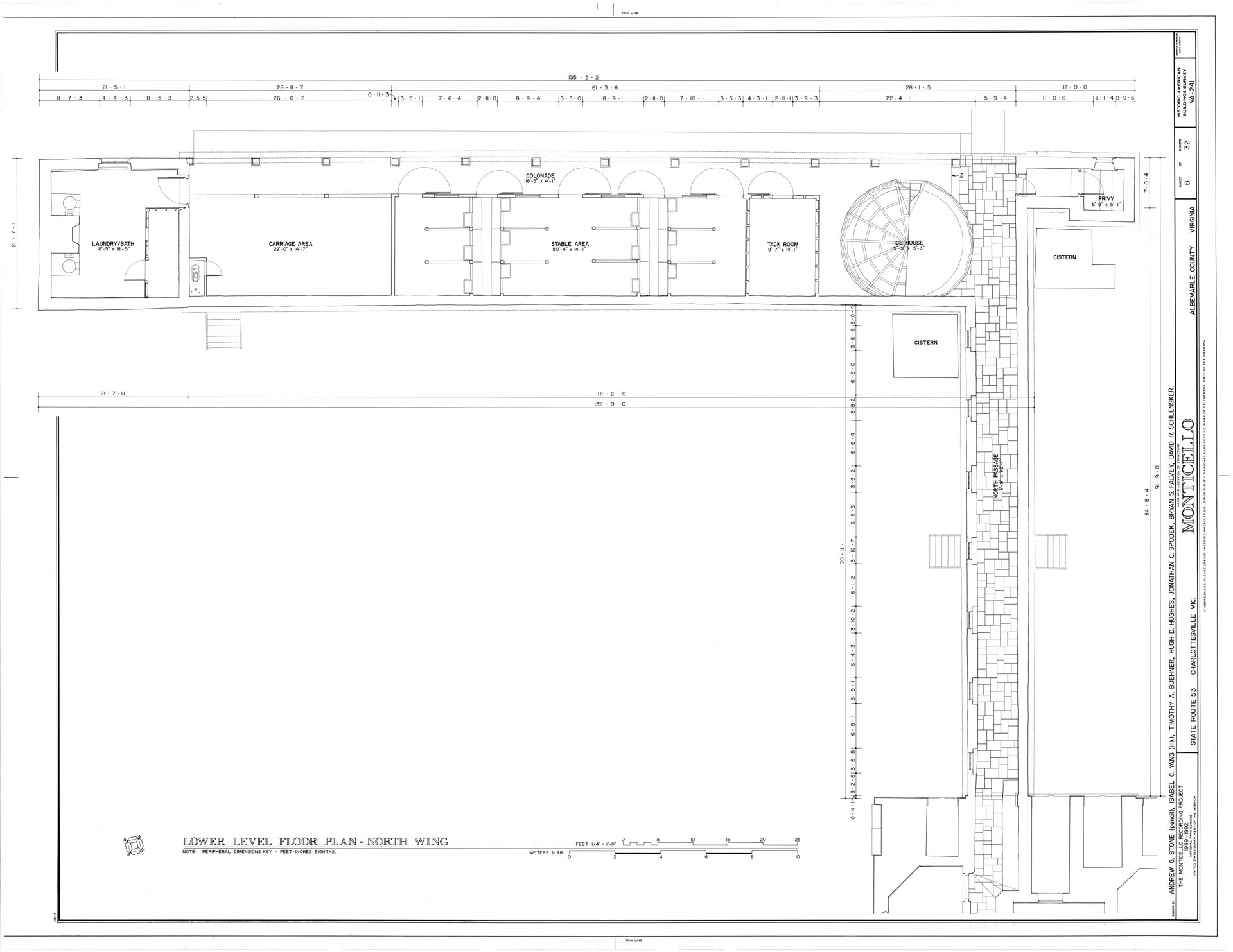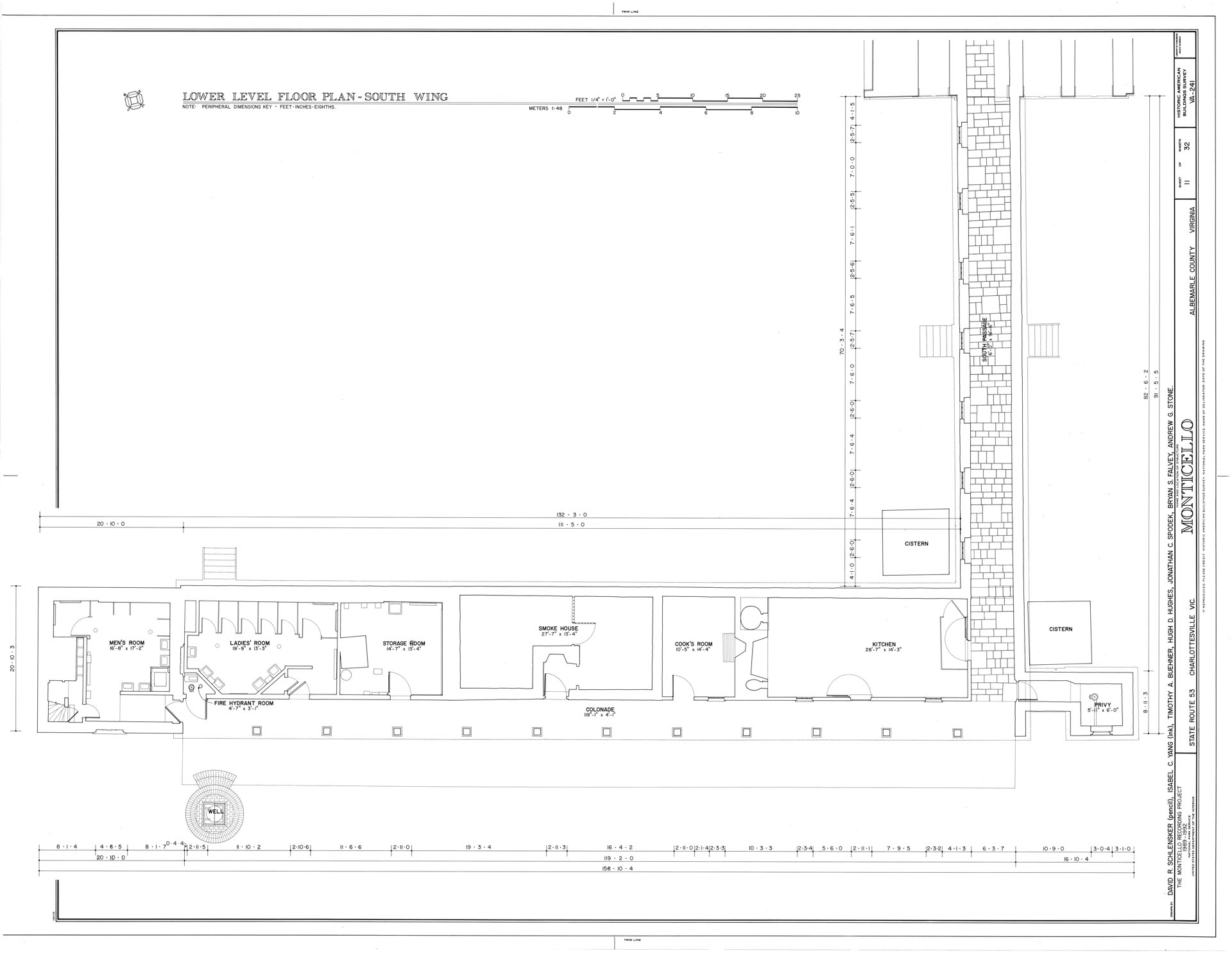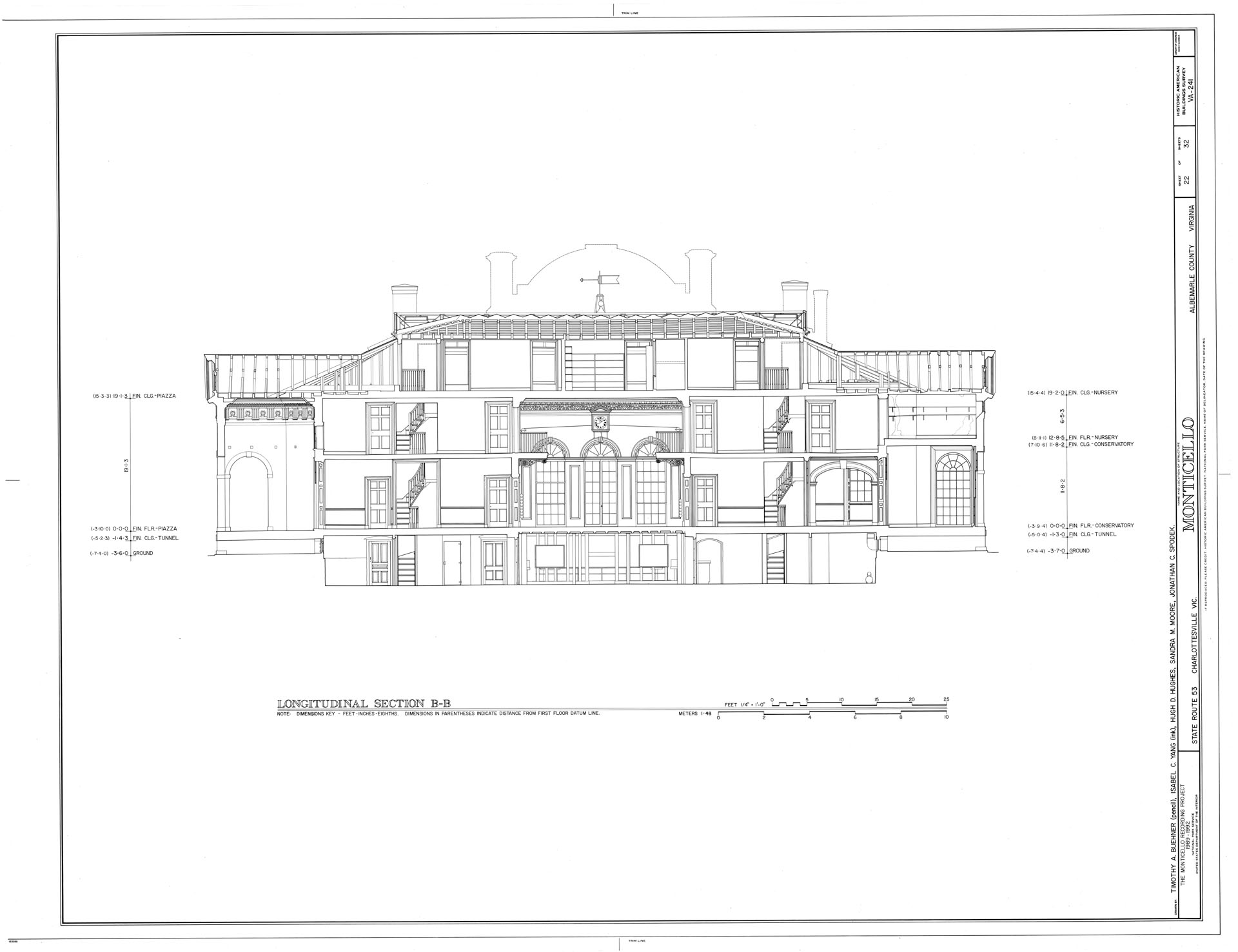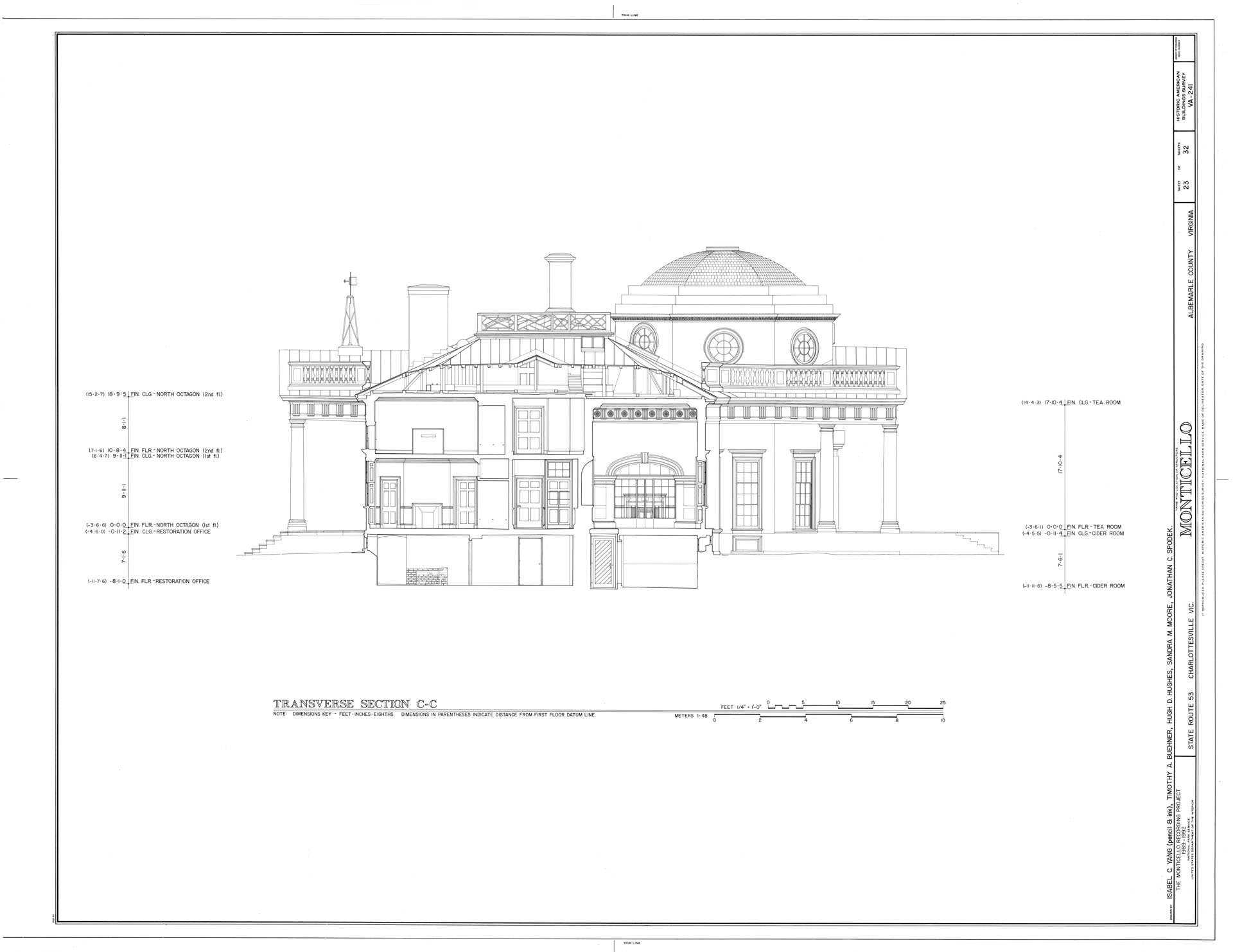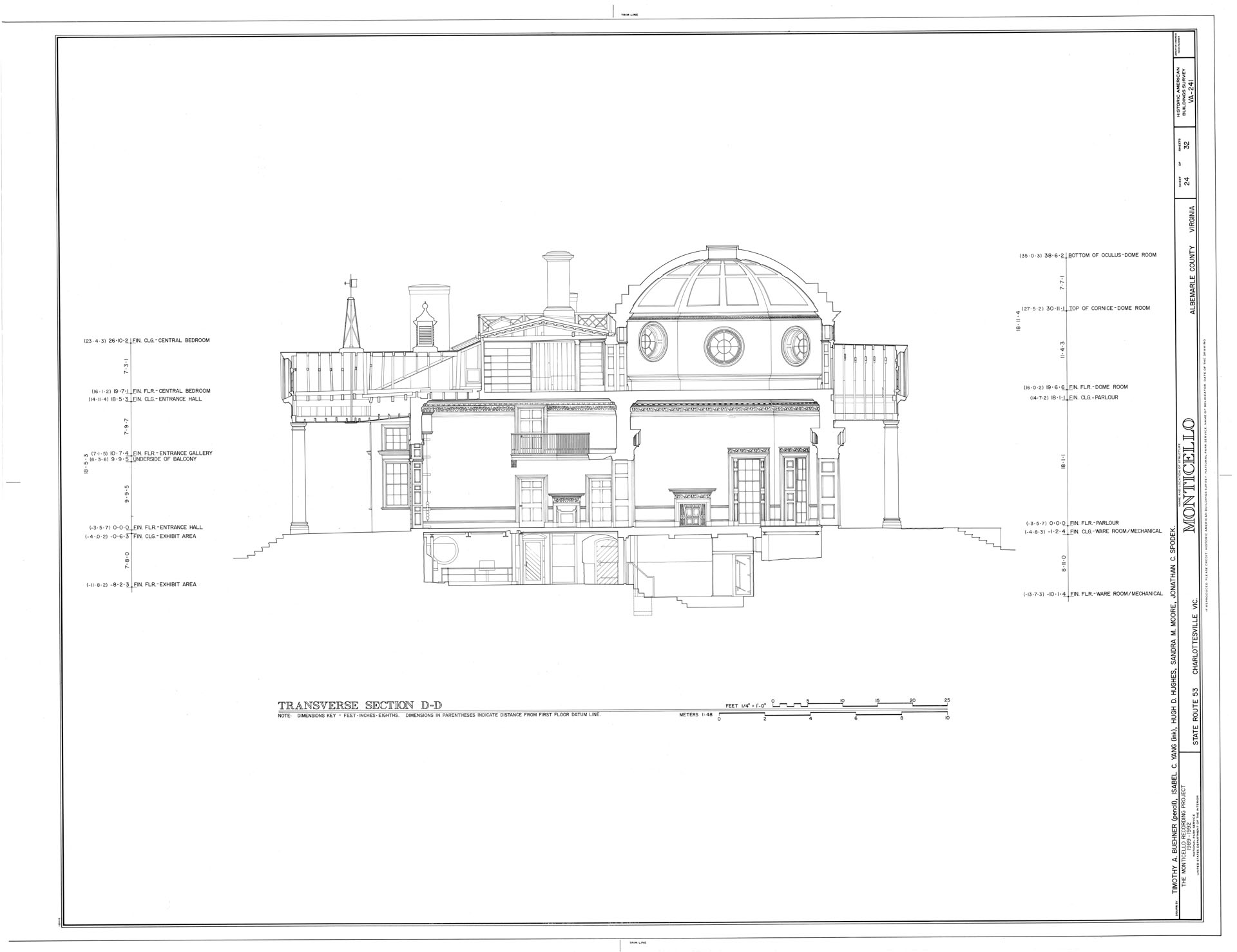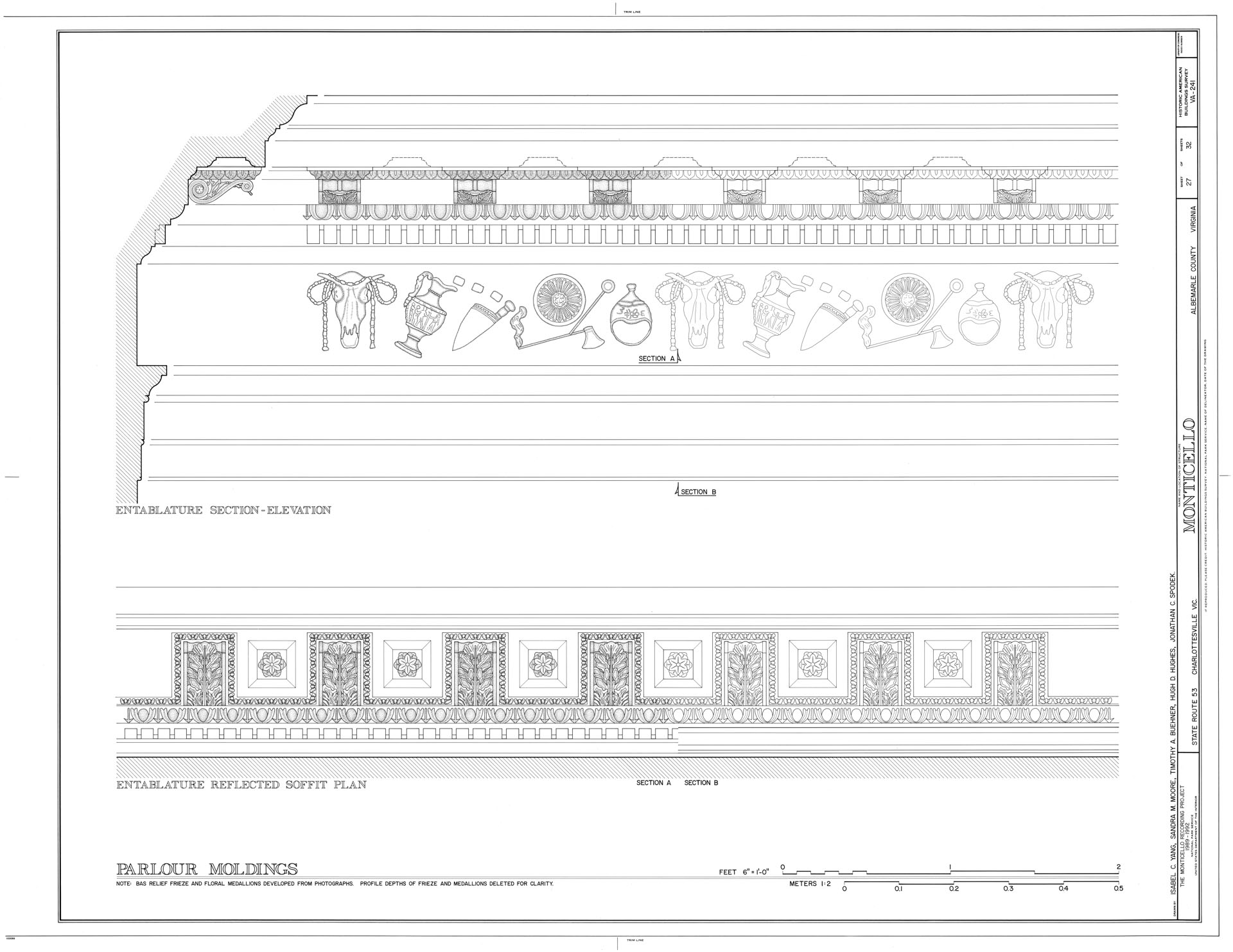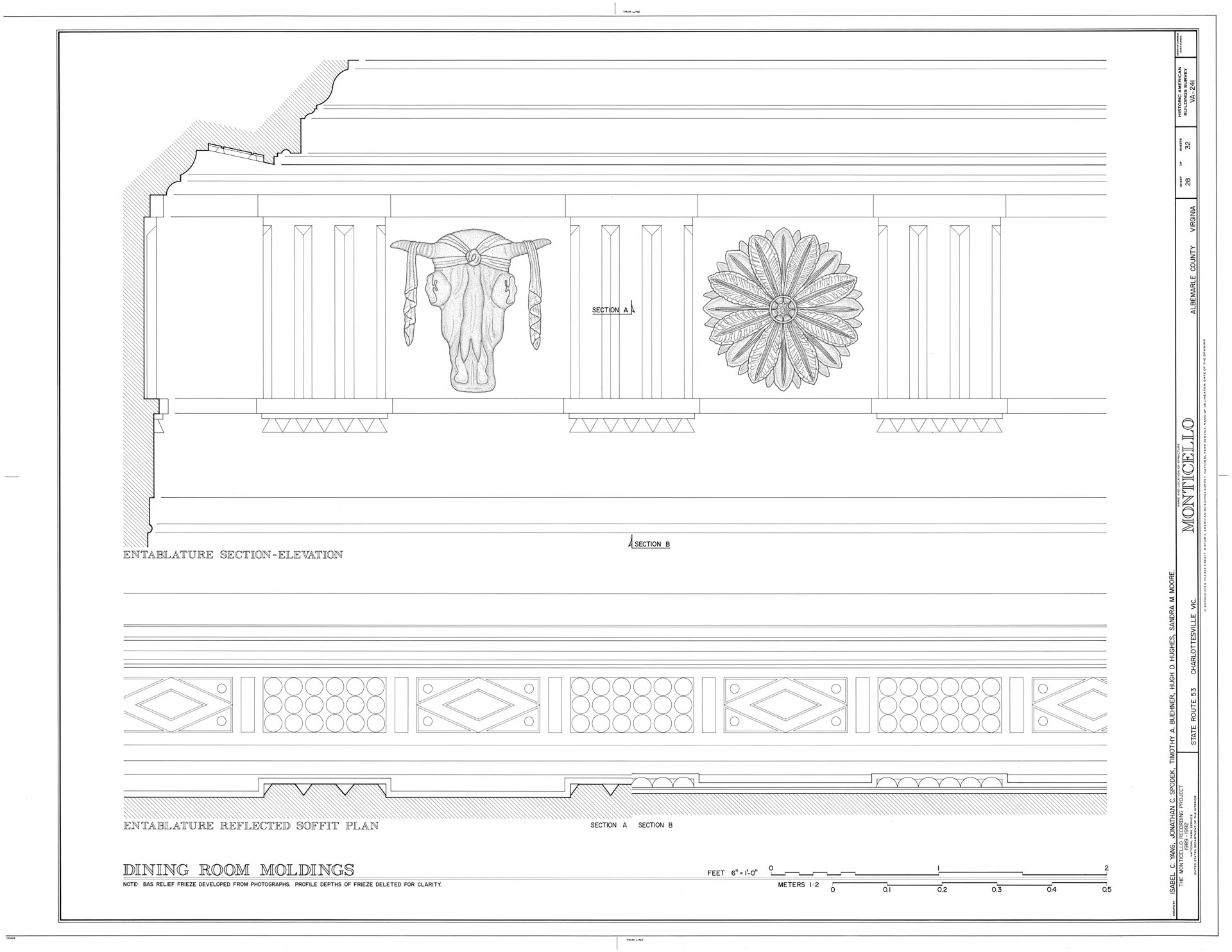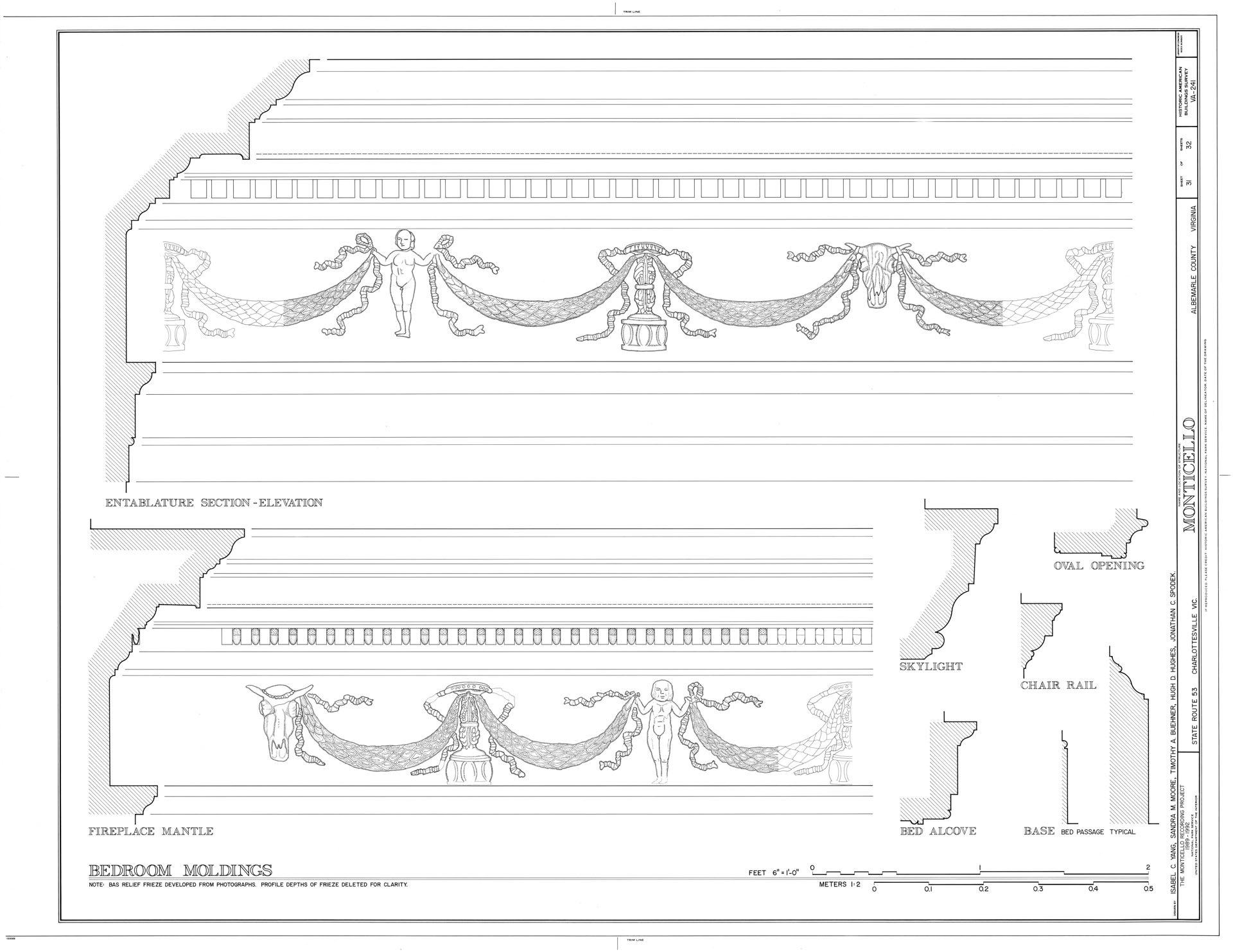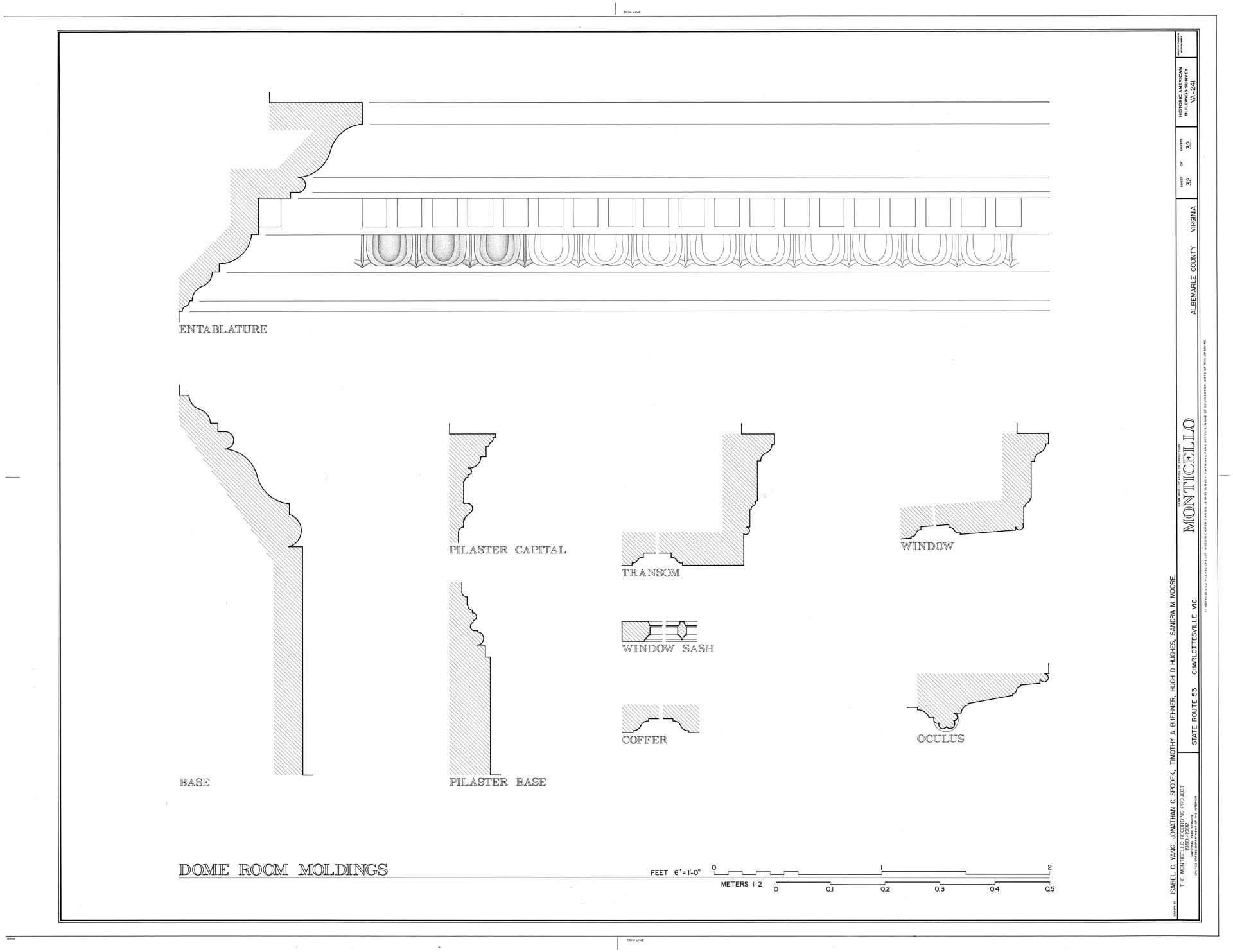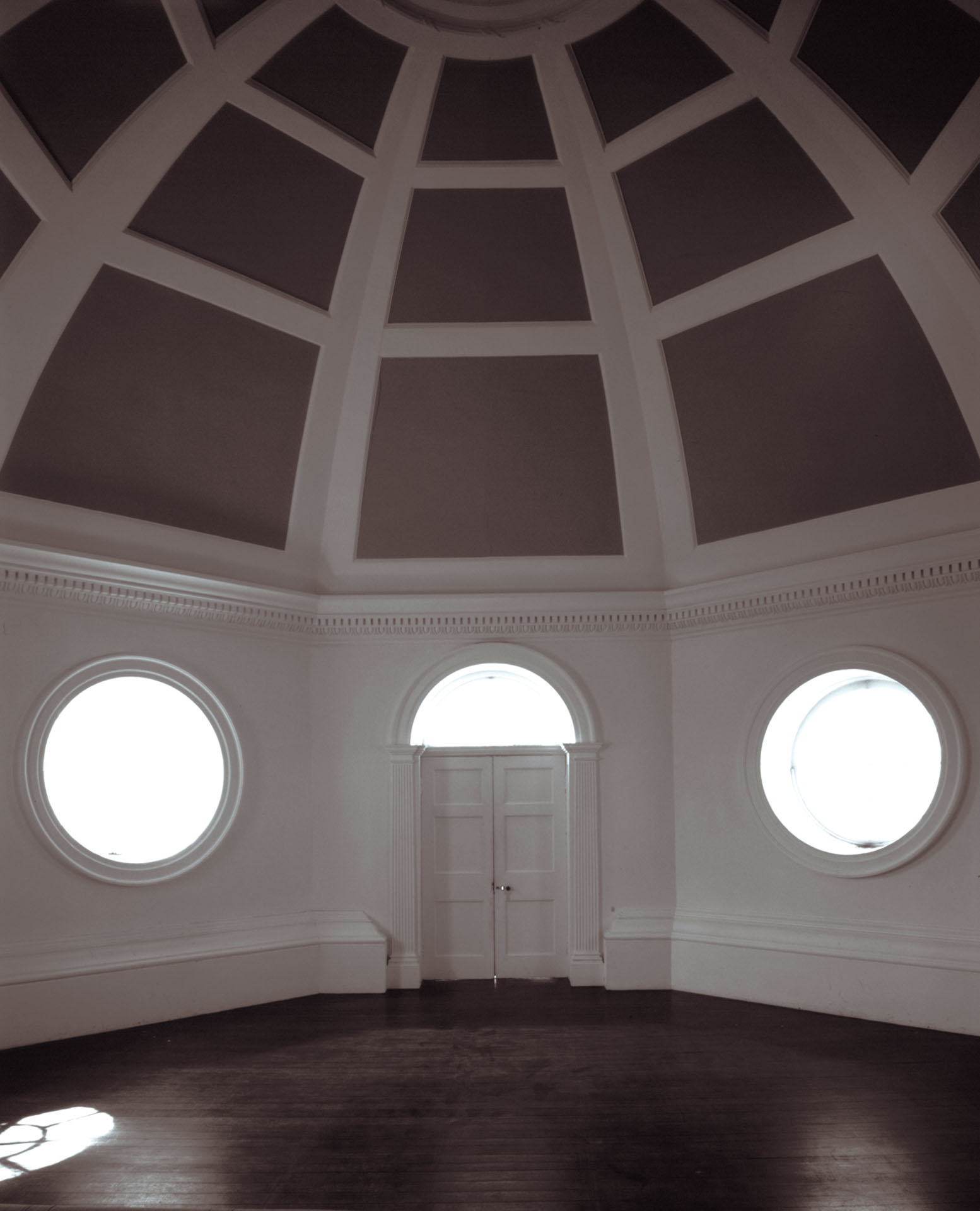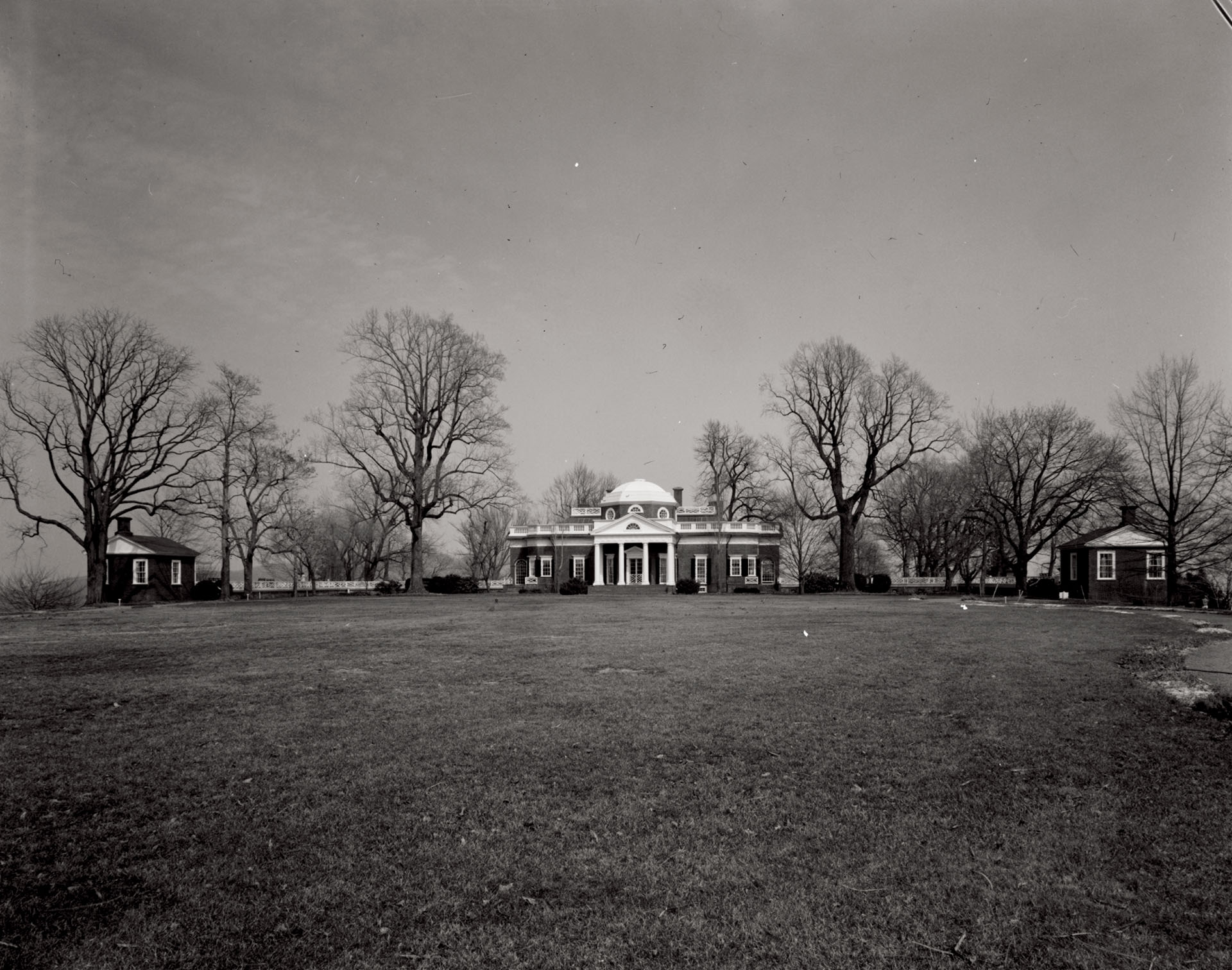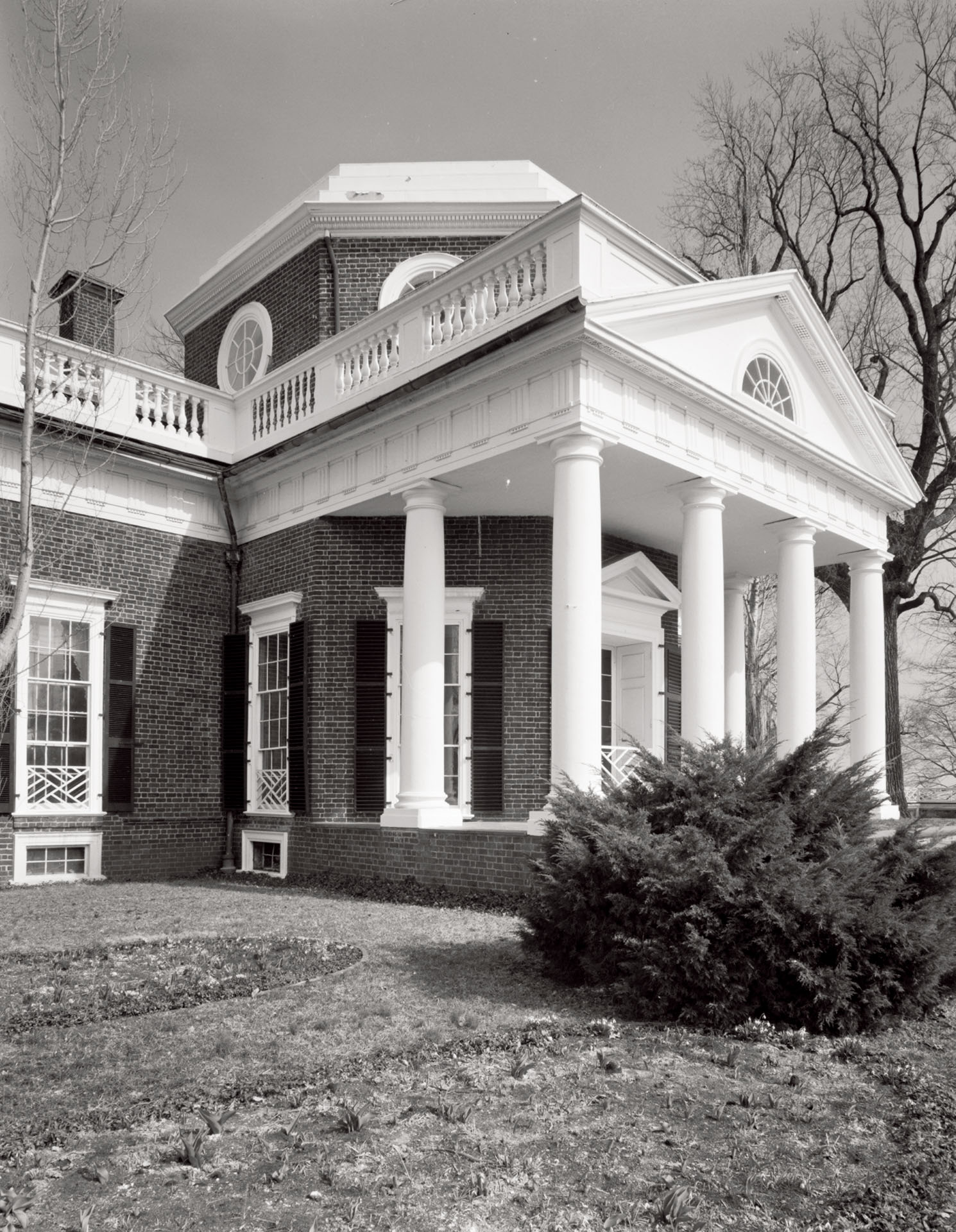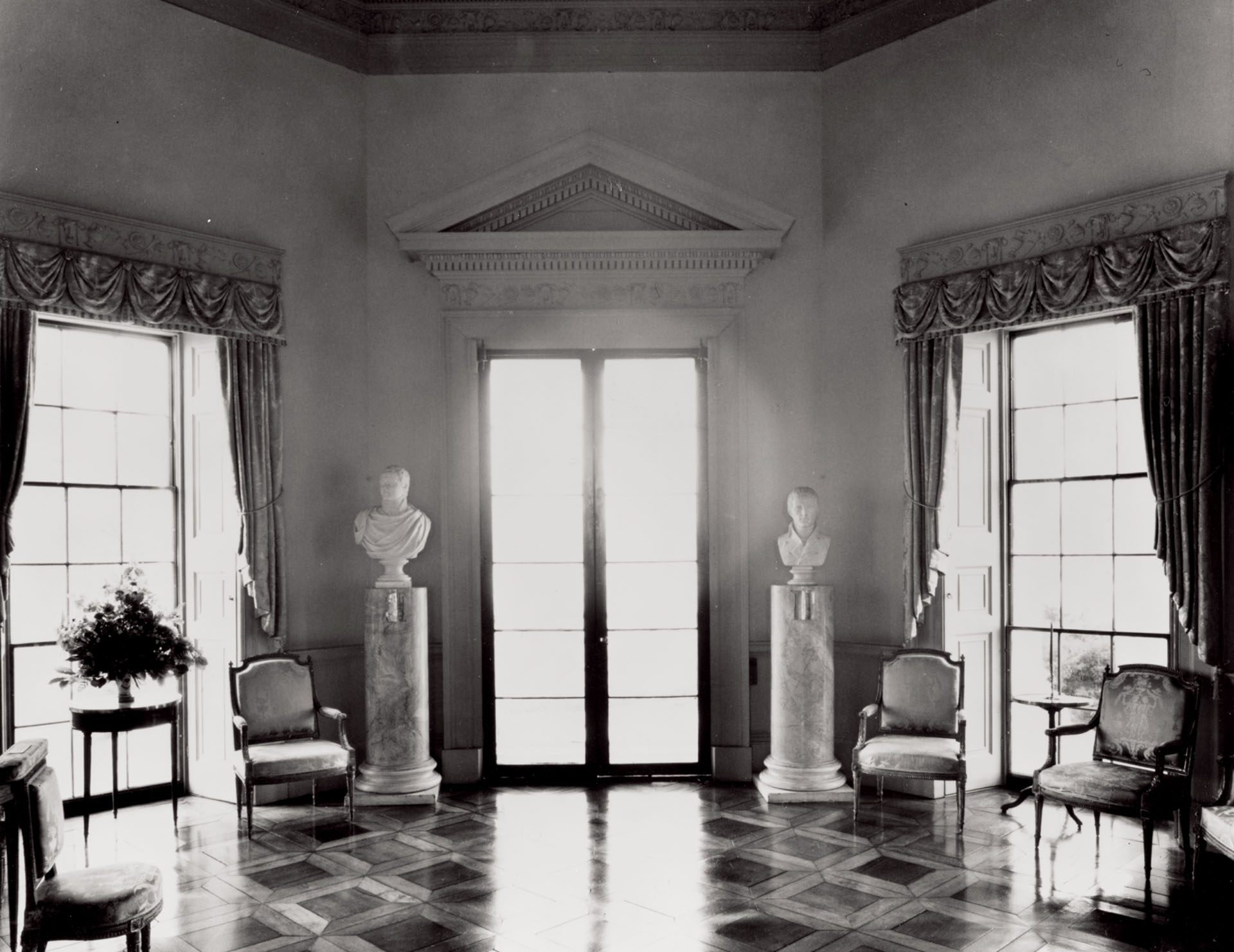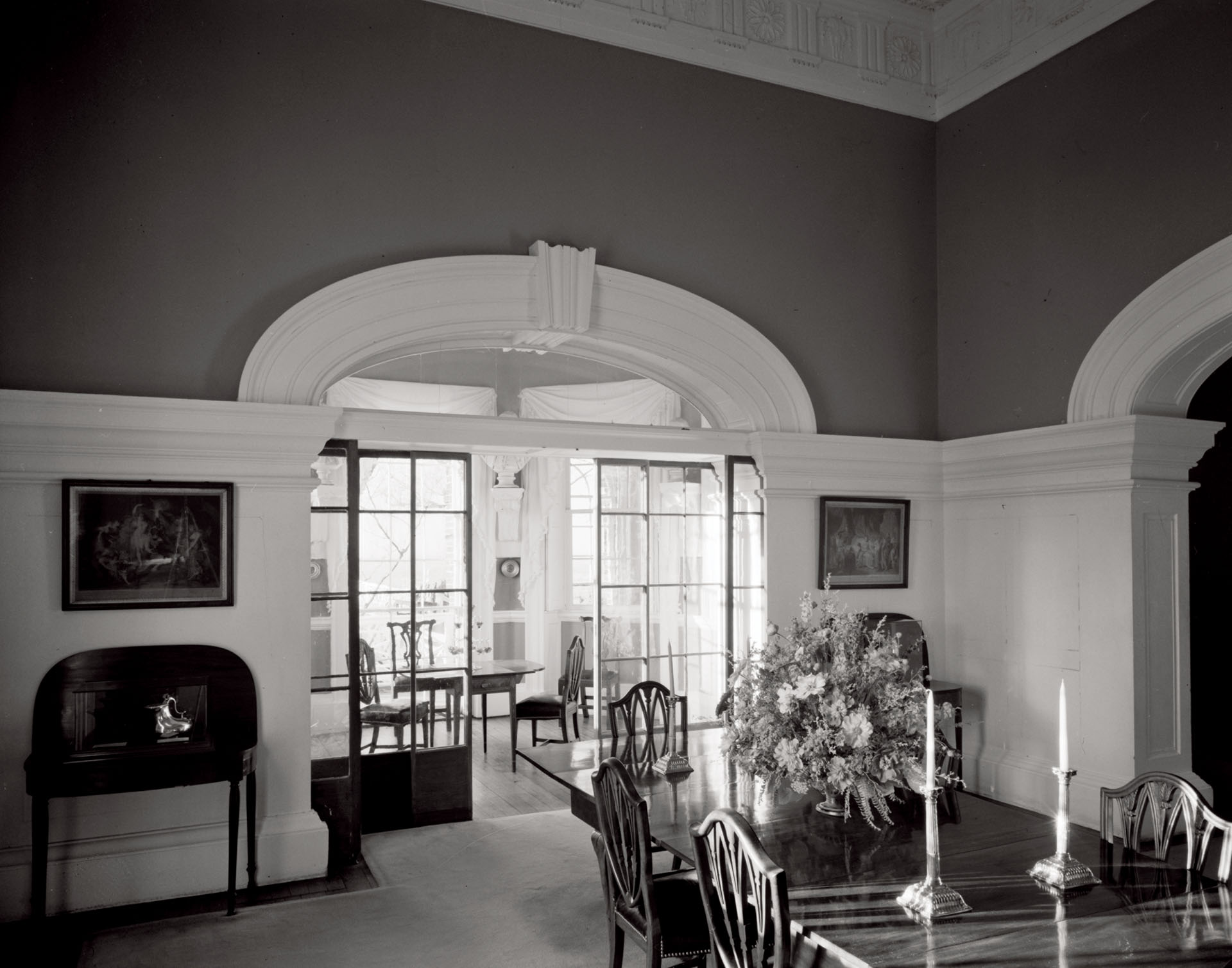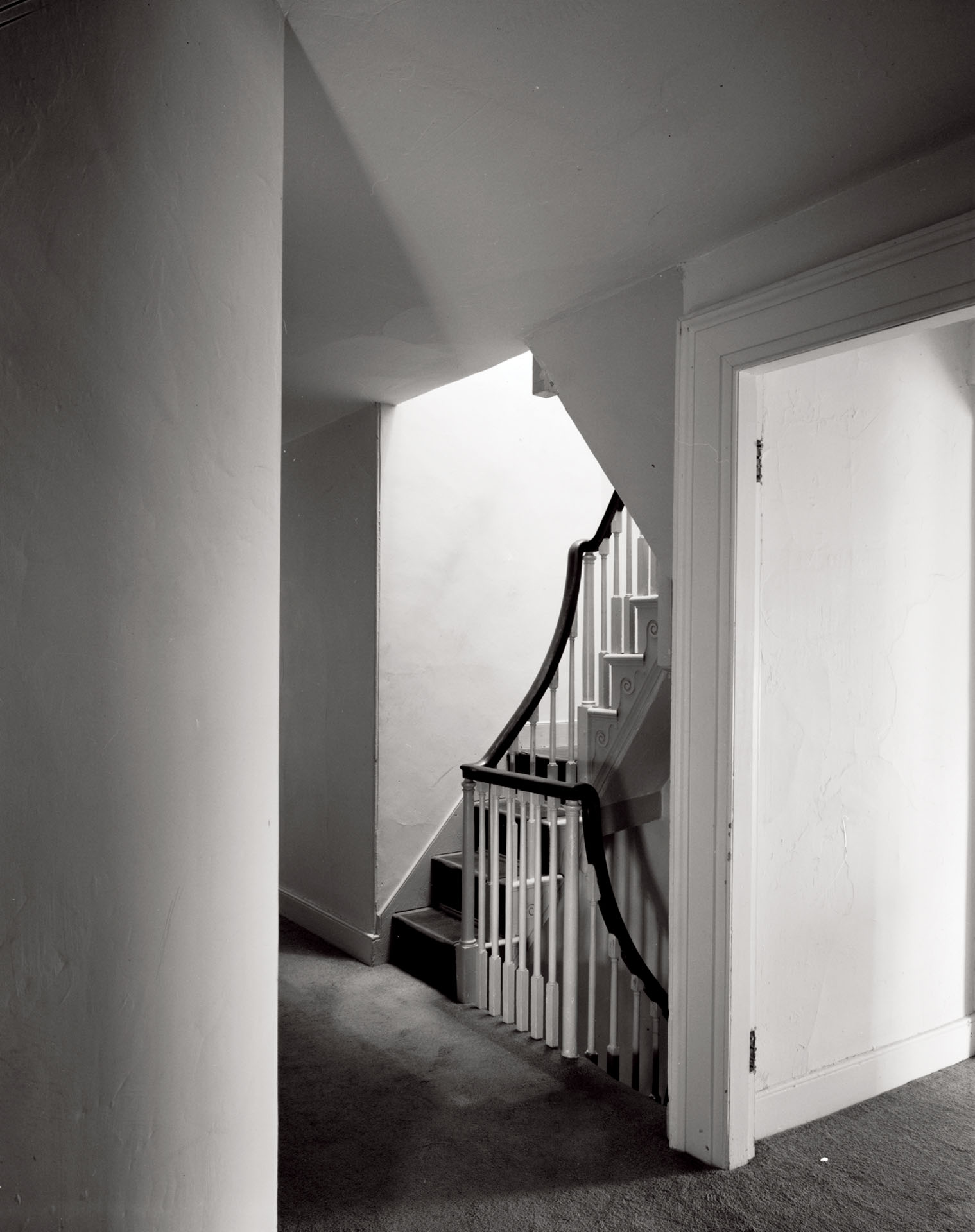At the age of 26, Thomas Jefferson inherited several thousand acres of land from his father, just outside of Charlottesville, Virginia, in the Piedmont region.
On that land was a hilltop called Monticello (Italian for “little mountain”). This was Jefferson’s favorite getaway as a young boy. He spent more than four decades designing, dismantling, and then reimagining his estate.
For both its beauty and its historical significance, this Neoclassical style estate is considered a national treasure and has been designated as a UNESCO World Heritage Site since 1987. Today it is one of America’s most iconic and historically significant architectural masterpieces.
MONTICELLO’S DESIGN
Monticello is a three-story estate overlayed with brick, including 35 rooms, with 12 down in the basement. There are two main entrances to the house:
- The east portico, which gives access to the public areas.
- The west portico, which is the private entrance and opens to the extensive gardens.
To give the impression of a single-story structure, the vertical windows begin at the floor level of the second story and are joined with the first-story windows, together forming a single frame.
An octagonal dome sits in the center as a continuous balustrade wraps around the edge of the roof. Jefferson was captivated by the Hotel de Salm in France and so was inclined to integrate a similar one-story pavilion design and dome into Monticello.
Upon walking inside of the double storied front hall is a museum boasting a variety of maps, sculptures, antlers, and Native American artifacts. The tearoom was dubbed “his most honorable suite” with pocket doors and a triple-hung window.
Inside of the parlor, the walls are covered with 57 works of art, mainly portraits of men whom Jefferson admired greatly. There are several bedrooms with small beds tucked away in alcoves.
With the combination of his reverence for Palladio and his European travels, Jefferson had a tremendous influence on American public architecture, as iconic buildings such as the White House and the Capitol reflect these designs.
JEFFERSON’S PALLADIAN INFLUENCE
Just as Inigo Jones introduced Palladian style in England, Jefferson is one of the first to plant Palladianism on United States soil. Jefferson had much respect for Andrea Palladio and swore by his work The Four Books of Architecture. Jefferson claimed this compendium was his architectural “bible.”
Palladio’s influence can be seen firsthand in Jefferson’s taste – there are many similarities between Palladio’s “Villa Rotunda” and Jefferson’s Monticello:
Beautifully proportionate and symmetrical, the rooms at Monticello all fit into one of Palladio’s orders, which includes many types: Tuscan, Doric, Ionic, Corinthian, and Composite.
Another feature paying respect to Palladio is the dome and the superimposed portico. Palladio’s famous domes are comparable to the dome room in Monticello and The Rotunda at The University of Virginia. In the foreground of Monticello is the superimposed portico.















